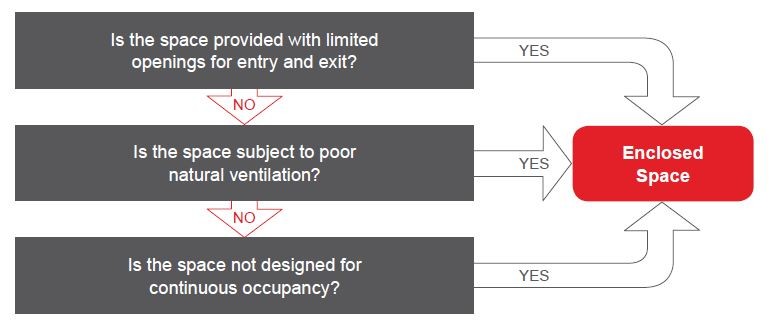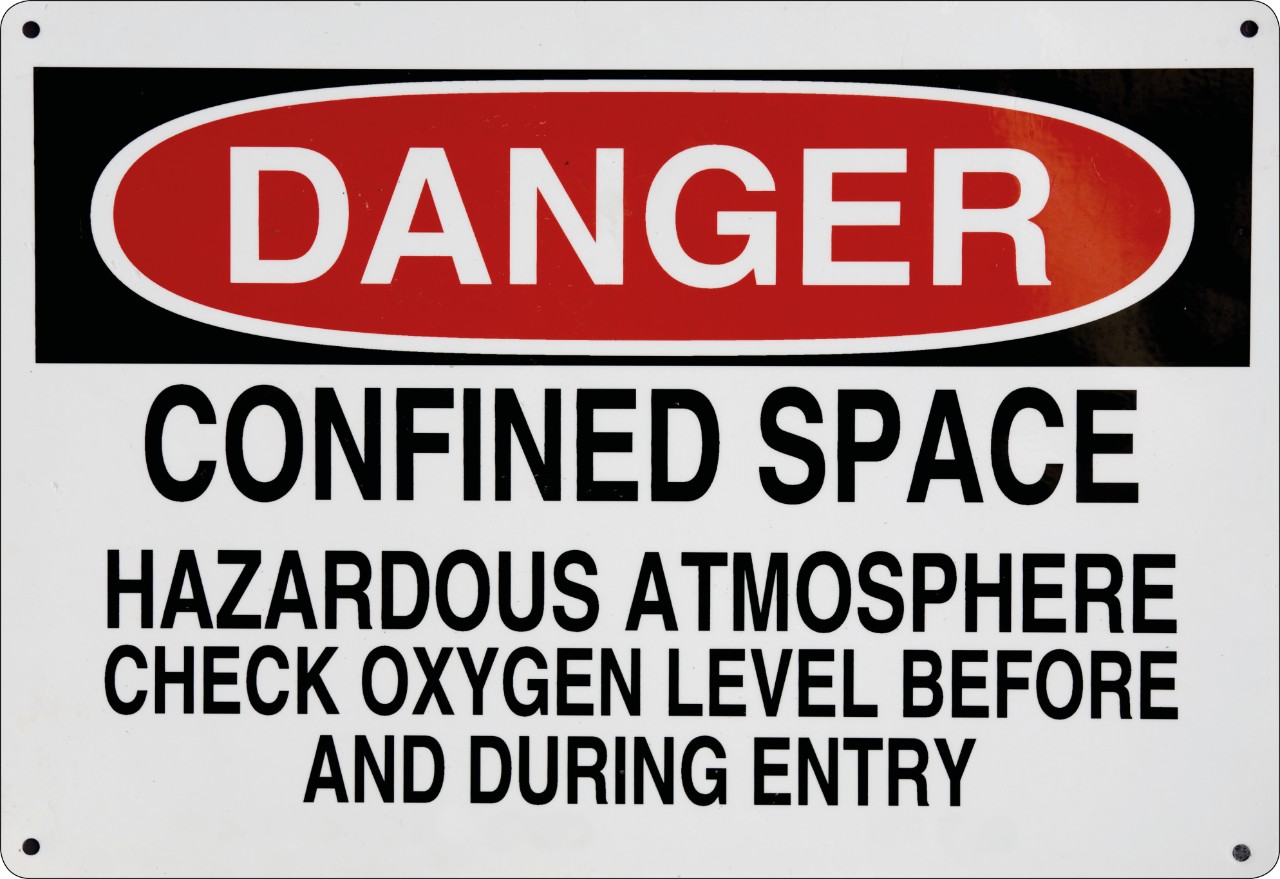Put on your own oxygen mask before helping others
The challenge of safely entering enclosed spaces is a topic which has tragically been with the industry for many decades as numerous seafarers, surveyors and stevedores have lost their lives in enclosed spaces on ships and offshore units. Many of these fatalities could have been avoided if the correct procedures had been in place and followed. As the title points out, it is of utmost importance that persons entering an enclosed space protect themselves; even more so when they assist others in need.
With this circular, MS Amlin promotes further awareness of the dangers and risks associated with the entry of enclosed spaces by providing information and practical recommendations.
What is an enclosed space?
An enclosed space is a space which can be identified by asking the following questions:

If the answer to one of these questions is ‘YES’, the space should not be entered until an appropriate risk assessment has been carried out.
Some enclosed spaces may not be immediately obvious, such as a storage room or a cargo hold. Furthermore, an enclosed space may initially be considered safe, but if adjacent to an unsafe space, it can soon become unsafe if migration of hazardous vapour occurs.
The risks
Enclosed spaces are dangerous due to the lack of oxygen. Low oxygen levels can be a result of oxidation inside empty tanks or works that have been carried out, such as welding or cutting, a chemical reaction or a bacterial action. In addition, cargoes can absorb oxygen or emit gasses which displace oxygen or are inherently dangerous.
A shortage of oxygen affects the brain faster than any other part of the body. Oxygen levels below 10% will cause unconsciousness and if levels drop below 5%, brain damage will be permanent. Furthermore, the individual can die within minutes if not resuscitated and removed to a fresh atmosphere.
Other contributory factors are insufficient knowledge, training and understanding of the dangers related to enclosed spaces. Humans are used to acting on emotion and panic may result in impulsive actions. Over the last couple of years we have seen many cases where, during an emergency, Personal Protective Equipment (PPE) or rescue equipment is not used and the rescue attempts are not coordinated correctly.
Fatalities and injuries happen with regularity and most of them have a similar story.


